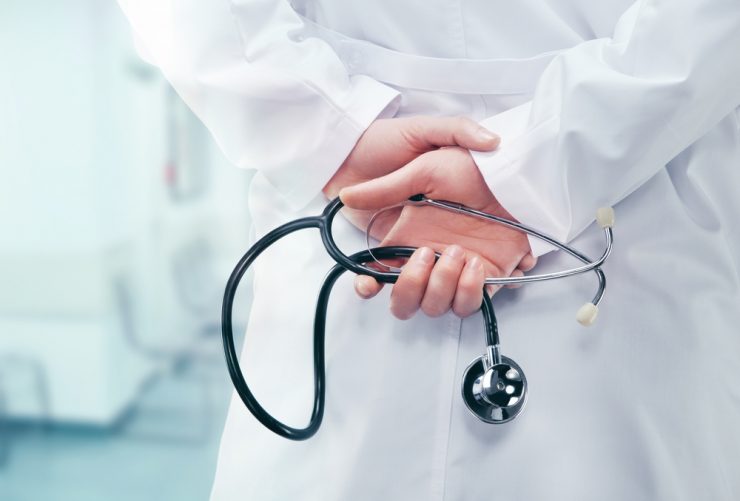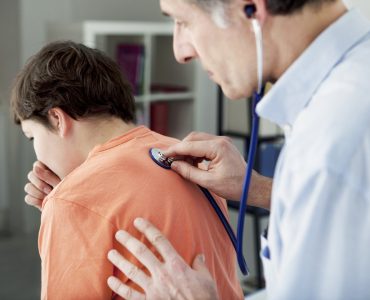A light outward curvature of the spine at the chest level and an internal one at abdomen is common in every person. When the spine is abnormally bent at the chest region, the condition is termed as Kyphosis. This gives an even more rounded appearance to the back.
Symptoms
The symptoms commonly manifested are mild. These include slight back pain, weakness (fatigue), tenderness and rigidity at back and firmness of thigh muscles.
Based on the severity of the condition the person even may have a hunched appearance. The person may also experience difficulty in eating and breathing becomes difficult in such people.
Causes
A structural anomaly associated with the spine or even a regular wrong posture can lead to this condition. The common causes include continuing in a wrong position for a longer duration, Scheuermann’s disease – in this disorder the bones of superior rear vertebra grows at a rapid rate. Young people are more prone to develop this condition and Osteoporosis leading to multiple fracture of the vertebral bones.
Other conditions include arthritis of the spine, spina bifida – a congenital defect in which the spinal cord is not completely formed, Paget’s disease, tuberculosis, poliomyelitis.
Congenital kyphosis is a very rare condition.
Diagnosis
The physician can easily detect the condition through a physical examination. Asking the person to assume different postures they can even monitor the degree of kyphosis. An X-ray of the spine may also be helpful in estimating the degree of the disorder.
Treatment
The treatment for this condition is determined by the extend of the disorder and the nature of symptoms presented by it. Unless the condition manifests serious symptoms, a surgery is not indicated. A surgical intervention may be carried out in case of a baby or when the condition is the result of Scheuermann’s disease. The surgical management for this condition is termed as spinal fusion and requires that the patient is placed under general anaesthesia. An incision is made at back and hooks and rods are attached to correct the deformity. The patient may get discharged after 2 weeks and a back brace may be needed to give support to back. This device needs to be used for nine months following the surgery. Regular sessions of physiotherapy can be of great help in strengthening the muscles of the back. The person has to take care to assume correct posture thereafter the surgery.
Complications
The potential complications include back pain, fatigued of feeling of leg muscles, paralysis, breathing difficulty and difficulty in eating etc.
Prevention
Maintaining correct posture during sitting and standing is greatly helpful in preventing postural kyphosis. Preventing osteoporosis is yet another measure that can be employed to prevent the occurrence of kyphosis. Performing exercises regularly and consuming diet rich in calcium is important in this aspect. Hormone replacement therapy is indicated in women who has attained menopause. The cause for other types of kyphosis is not yet known.













